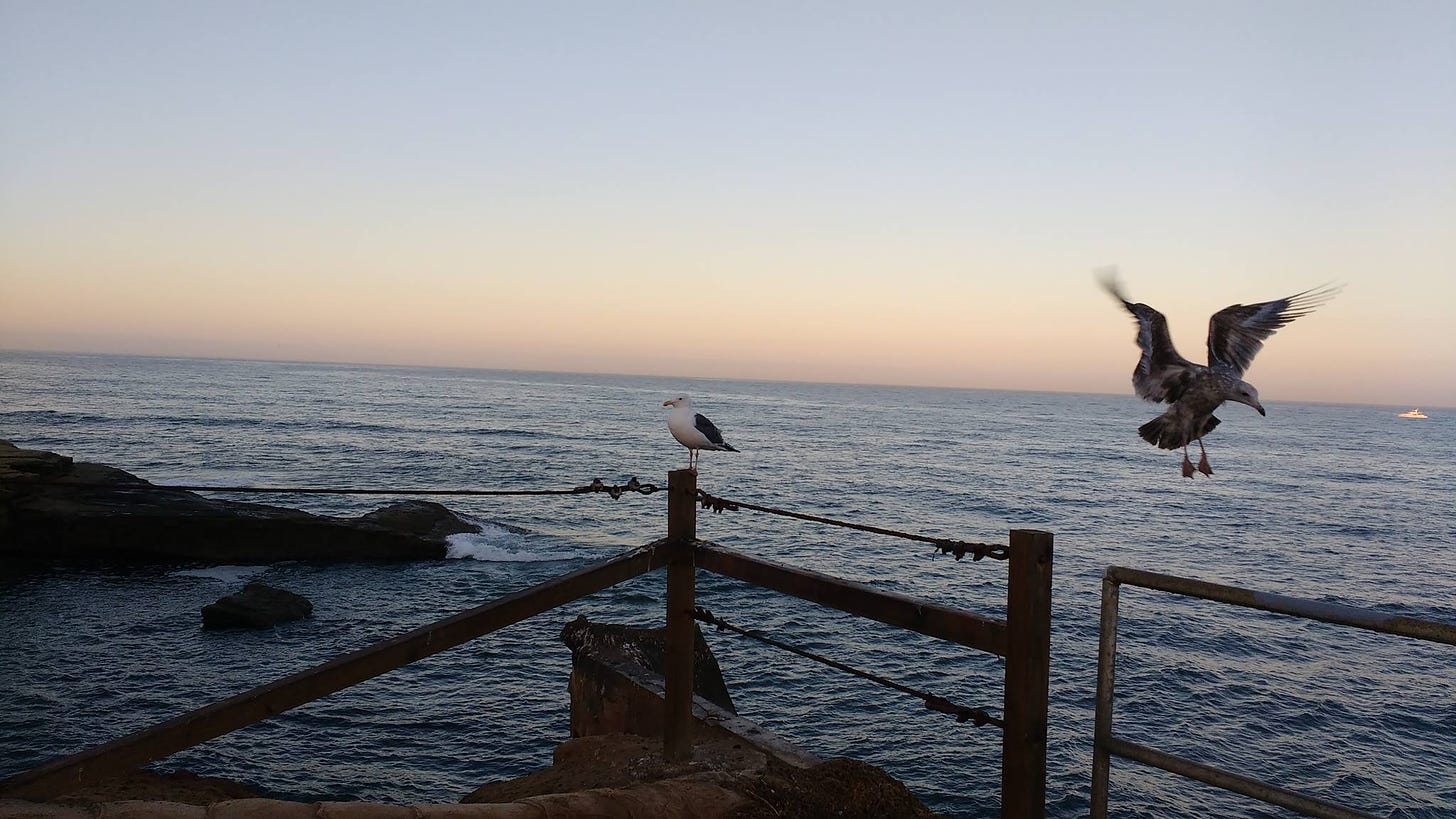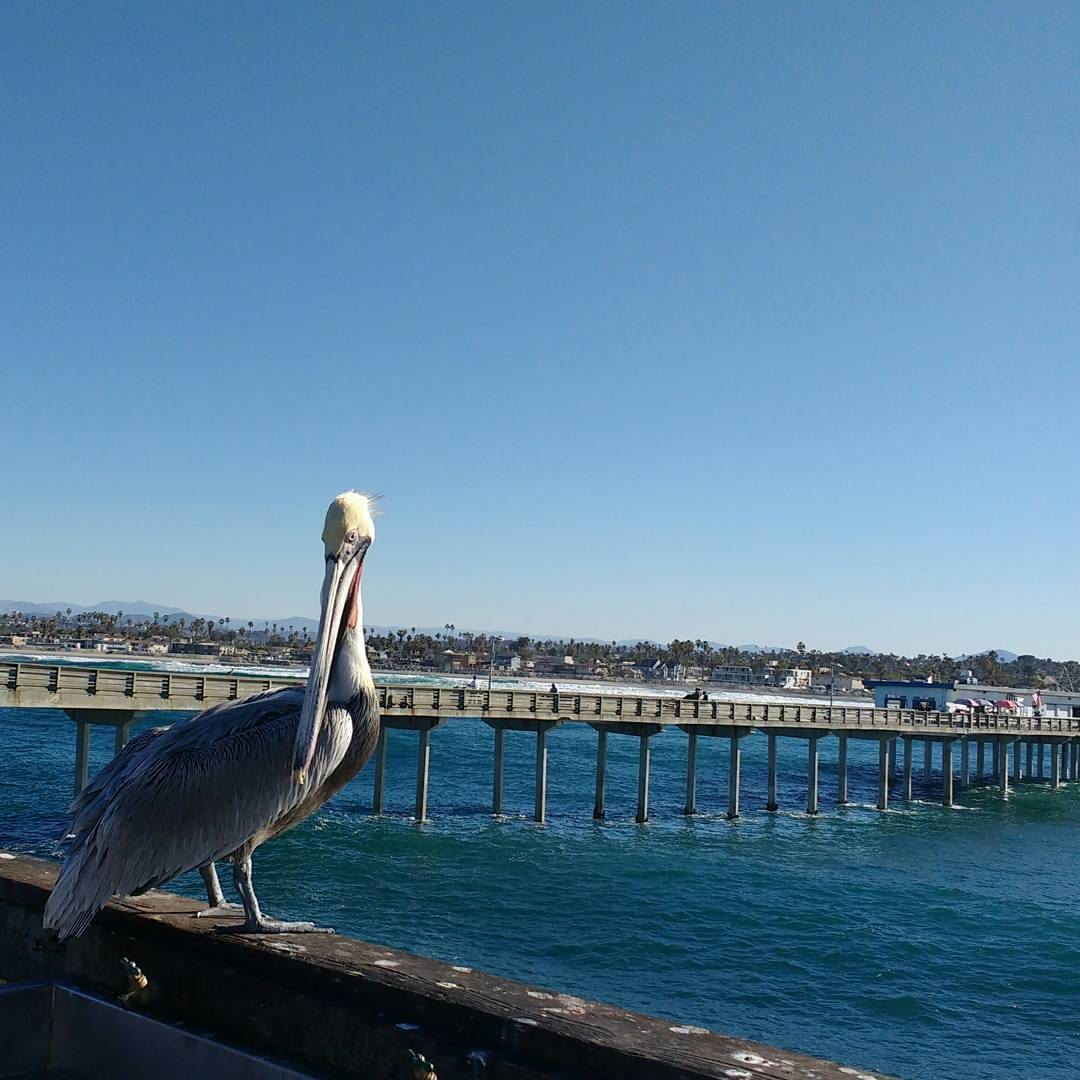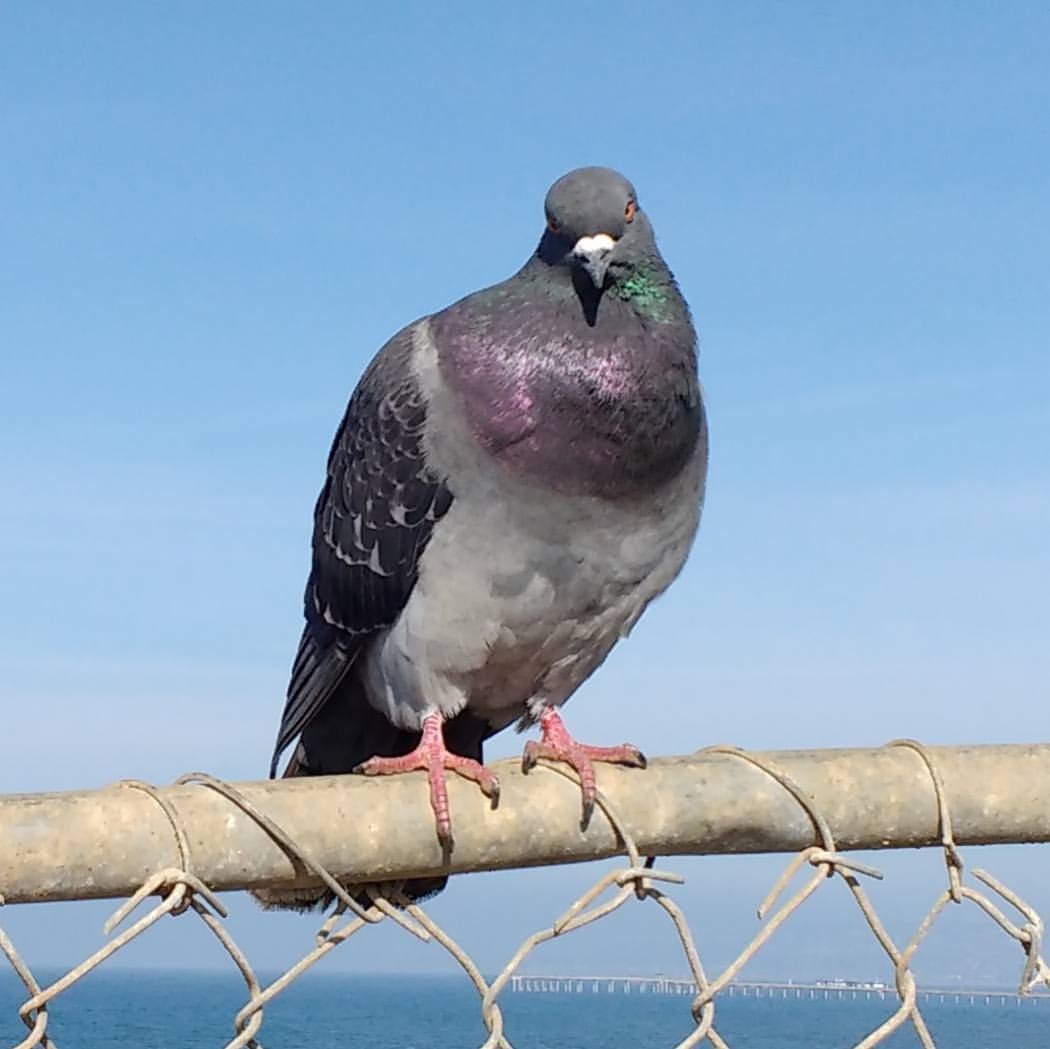“In order to see birds it is necessary to become a part of the silence.” - Robert Lynd
In this issue:
A few words about birds
This very shareable link to help you cast your vote and then protect it
A poem by Mary Oliver, a few reads and a few photos that take us into the magical, everyday world of birds
Something Nice
I want to tell you something nice that happened the other day and then I want you to go and have a wonderful weekend. You need it. We all need it.
A week ago, an entire flock of little brown birds swooped from the ancient trumpet vine in our backyard which is basically dirt, thanks to Rina, our dog, whose puppy years put an end to flowers there.
There were somewhere between 50 and 100 birds — I think they were sparrows of some kind. They chatted noisily as they took “dirt baths” - bellies wallowing in the stuff, wings flipping it up over their backs, flitting from one little hollow to the next. There were negotiations over a particular patch of dirt, a few bobbed in front of each other, and touched each other’s necks. Midway through, responding to some signal I didn’t catch, they all disappeared into the vine for a few seconds and then, danger apparently passed, they flew back down.
I stood, transfixed, as they teemed, preened, and conversed below. I tried to capture them with my camera but a screened window stood between us and it didn’t work. All I could do is watch, feeling both blessed by the visitation and aware of how outside their circle I was and always would be.
I wondered at their communication; how they all knew to fly at the same time up into the vine and then back down. How they knew the backyard would be dog-free at that moment and how they let all their friends know about the strip of dirt that, apparently, was perfect for a group spa moment.
Then I started reading a book I have had on my shelf for years, saving it, I guess, for right now. In the first chapter or two of her beautiful book “The Genius of Birds”, Jennifer Ackerman explains that flocks of birds seem to act as one but in fact are many groups of a few birds who “self-organize.” There is no “group brain” or leader, instead each bird is interacting with up to seven close neighbors so that the message ripples rapidly across a flock of hundreds. They use their own skills and judgment to maintain velocity and distance and the effect is one of instant unity aimed at protecting them all or communicating a food source, or something else important to birds and their survival.
“What emerges are almost instantaneous ripples of movement in what appears to be one living curtain of bird” - Jennifer Ackerman, “The Genius of Birds”
The same thing happens in schooling fish, herding mammals, and human crowds, Ackeman explains. It’s instinct. I woke up last night thinking about this. When we want to get something done, we as individuals don’t need to get in front of a million people with a megaphone. We just need to tell a few folks and get moving. In this way, entire populations can rise up to meet a problem or an opportunity. I lay in the dark imagining “instantaneous ripples of movement” in what appears to be one sweeping wave of humanity. And possibility.
How about you?
Did something nice happen to you recently? Please share. This is a long, strange, hot, and confusing summer with a lot of uncertainty ahead. A small moment of delight or wonder shared can lift us all up. To share a story or observation, you can reply to this email or, comment at the bottom of this post. If you’ve already commented, then you know what to do. If it is your first time or you’ve tried before and run into difficulty. here are some tips:
Even though you get this newsletter, you may need to hit the “Subscribe” button below and register with the website. Once you have set up your login, and logged in, you should be fine. They do this so random folks can’t zoom in, leave some spam, and take off.
Once you are logged in, you should be able to comment, hit “Like” or do whatever you want (within reason). Please try it and let me know what happens. I am working with the developers to make this a more seamless process.
My Birds
I call them my birds but they are not, of course. They are the birds that have accompanied me on my walks for the past several years along the cliffs and into the hills of Sunset Cliffs Park or down into Ocean Beach. I didn’t realize how much a part of my day they were until a storm hit one day and they were all gone, hiding who knows where, until the storm passed.
The pelicans swoop by in disciplined squads. The gulls wheel and somersault and show off. The pigeons are communal beings who have no shame when it comes to food or courting. The cormorants huddle on the same rock, wings lifted to the sun to dry them after diving for fish. Here are a few of the many photos I have snapped over the years, constantly trying to capture my birds who, of course, ignore me. As they should.



If you like birds, check out The Cornell Lab of Ornithology. Webcams, photos, and answers to questions you didn’t even know you had about these winged beings.
A Short Read
From the poet, Mary Oliver:
In Our Woods, Sometimes a Rare Music
Every spring
I hear the thrush singing
in the glowing woods
he is only passing through.
His voice is deep,
then he lifts it until it seems
to fall from the sky.
I am thrilled.
I am grateful.
Then, by the end of morning,
he's gone, nothing but silence
out of the tree
where he rested for a night.
And this I find acceptable.
Not enough is a poor life.
But too much is, well, too much.
Imagine Verdi or Mahler
every day, all day.
It would exhaust anyone.”
― Mary Oliver, A Thousand Mornings
More Short-ish reads
Kerry James Marshall’s Black Birds Take Flight in New Series: Artist Kerry Marshall captured a crow and they spent one night together before Marshall released him. This encounter evolved into a series of beautiful, startling paintings that explores pecking order among humans along with the question of John James Audubon was black.
The Mysterious Life of Birds Who Never Come Down Swifts never touch down, they spend all their time in the sky. Some think, that because of this, they may be able to tell us something about the future of our world.
Long Reads
“The Genius of Birds” by Jennifer Ackerman. Reading this book about the intelligence of animals dovetails nicely with those of us (okay, me) who are fascinated by what we can learn from animals. Ackerman is a writer who specializes in science. She is a riveting story teller, and a bird lover. She takes us from the remote island of New Caledonia to the parking lots of strip malls to observe the myriad ways birds use tools, play, teach their young, and go about the business of adapting for survival. She weaves facts and science into the narrative seamlessly and with such skill that the book is both a reflection and a rich source of information and knowledge. A beautiful book.
“One Wild Bird At A Time: Portraits of Individual Lives” by Bernd Heinrich. This book took me into the Maine woods, along New England byways, and allowed me slip inside the skin of a naturalist who observes nature, birds in particular. Each chapter is a story about a moment, a bird. Each chapter is a lesson in truly observing the world at hand. It is magical.
“Fastest Things on Wings: Rescuing Hummingbirds in Hollywood” -by Terry Masear. Terry Masear has been rescuing hummingbirds since 2005. Her story begins with a “meet cute” that turns into obsession and along the way we are treated to a story that is so compelling I could not put it down when I read it a few years ago. There are mad races through the streets of LA to reach a bird someone has found. There are efforts to clear a tiny airway of ants that a misguided human fed a fledgling found in their yard. There are glorious moments when hummingbirds so injured that no one expected them to live not only live but return in subsequent years to visit. Hummers are tiny, ferociously resilient creatures. By the end of the book, I loved them too.
All of these books are available in the Spark Community Recommendations page at bookshop.org where every purchase supports independent bookstores and helps us to raise money for literacy projects we care about. You’ll find all the books we’ve mentioned here including those suggested by Spark readers from all over the country.
A Voting Ritual
I’ll leave you with with a note from Rae, a member of our Spark community, about her voting ritual which underscores its importance to her and also lifts her heart. If you have a friend, a son or daughter, or know anyone who could use some help and inspiration to vote and vote securely this year, share this post: Our Vote, Our Voice.
“One of my special routines for voting has been to make a voting day playlist and then go for a run feeling excited and energized by the music. I wind up at the church where I vote. That early morning voting day ritual is memorialized in the playlist. If I mail in my ballot this year, I’ll alter the routine a bit.” - Rae, a Spark Community member from MA
That’s it for this week. Thank you for reading. Be well. Wear a mask.
Gratefully,
Betsy
P.S. And now, your moment of Zen…Love in the afternoon. Don’t blink. Pigeons don’t believe in lengthy foreplay.




Oh Betsy, what a lovely read in the fresh morning hours of Saturday. I'm sitting on my front porch, listening more intently for the birds nearby and above me in our locust tree. And did you know Mary Oliver is high on my list of favorite poets? I may ask to borrow "The Genius of Birds" in exchange for more strawberry guavas; or not. The strawberry guavas are yours no matter what. Until we meet on the sidewalk or front porch...
Thank you.